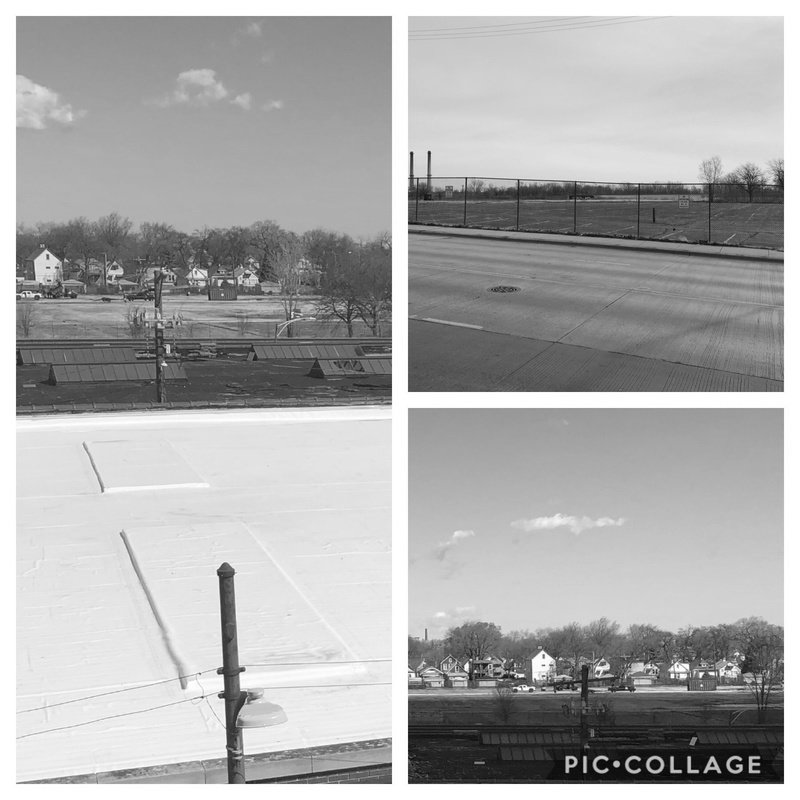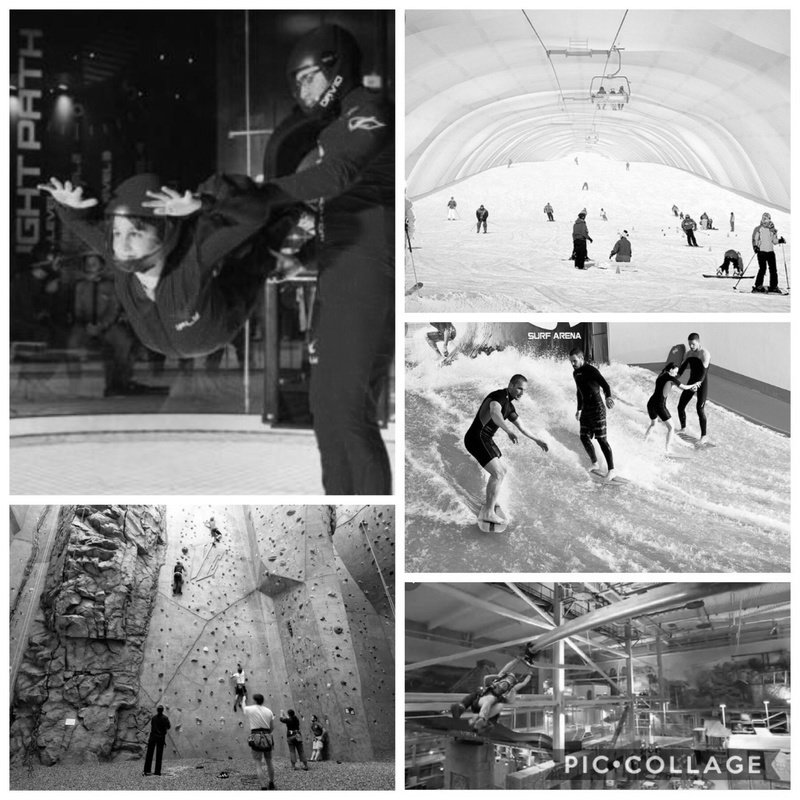Team Abandoned Closes The Adventure Gap by Ashley Baker-Shaw, Kyra Lee, Jelani Miller, and Yaree Wilson
No one actually knows exactly how many abandoned buildings are located in the city of Chicago. Some are strictly residential, curated to perpetuate systemic inequality. Others are casualties of the industrial and manufacturing devolution. The majority of these buildings are located on the City's South and West Sides, where the gun violence epidemic has been heavily documented. Due to the fact that my team and I were raised and currently reside in these areas, we have first-hand knowledge of the negative effects of these oppressive systems, that perpetuate generational immobility for Black Chicagoans. Fortunately, my team and I have been transforming the lens by which we view the disparities we've experienced, reimagining what has been stigmatized as robust opportunities for young social justice entrepreneurs.The Austin neighborhood's vacant and abandoned lots and buildings are spaces waiting to be transformed into a creative, activist cause. We decided to repurpose one such lot in the Austin Neighborhood, which formerly served as the location for one of the world's largest plants, The Brach's Candy Factory, during the 1920s. Unfortunately, it was abandoned in the early 2000s and later demolished in 2014. This massive and unused space is ideal for neighborhood revitalization. Although the concept of the "Achievement Gap" in standardized test scores between black students and their white counterparts is well-documented, there is also a troubling trend that our team is working to solve with our project. We want to address and close the Adventure Gap. The Adventure Gap is similar to the Achievement Gap but it affects the opportunity of visiting and enjoying the great outdoors. For instance, our teacher has been rock climbing five times and none of us has ever been. He was able to go because it was more accessible to him, whereas for us it is not. This is not just true for my team and I, but for people of color as well. Knowing that, we decided to place our building in a predominantly black neighborhood. The neighborhood we have chosen is Austin. We chose Austin because of its industrial history. Our plan is to build a massive building that would be able to hold indoor skydiving, ziplining, rock wall climbing, surfing, skiing, snowboarding, and much more. We used a video of Austin to show the story of divestment within a neighborhood because analyzing numbers can tell you the story, but seeing the resource-deprived neighborhood provides a new sense of what it is like. The photos show the view and space of opportunity.


